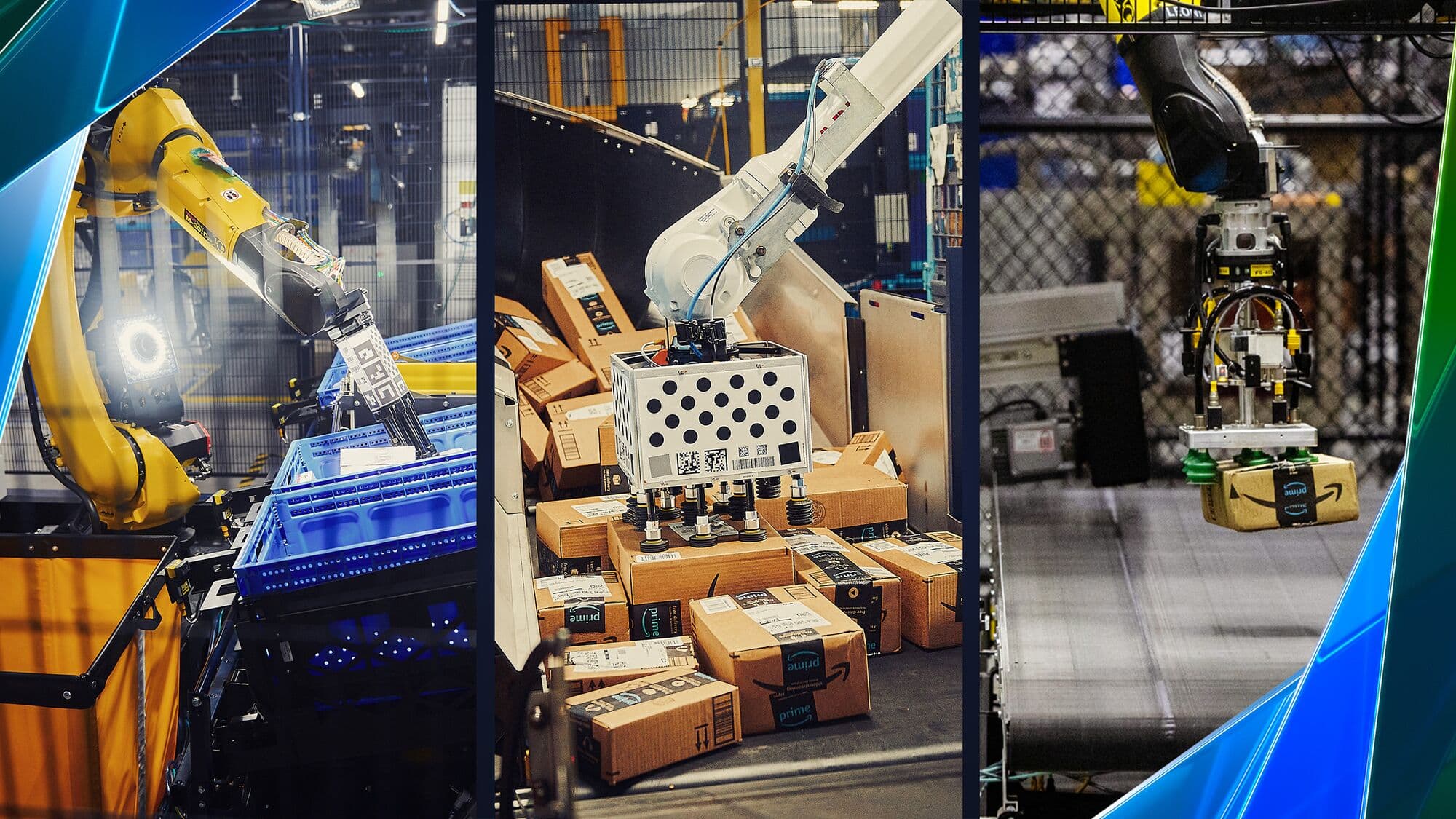Amazon's Latest Robot Deployment Targets 57% Productivity Surge Per Employee

Amazon's ongoing investment in robotics and artificial intelligence is projected to significantly enhance productivity, with a recent installation expected to boost output by approximately 57% per employee. This figure, cited by analyst Sam Korus, highlights the e-commerce giant's accelerating automation strategy. The company has been aggressively integrating advanced robotic systems into its fulfillment centers globally.
"If you trust the reporting, the new Amazon robot installation should improve productivity (on a package per employee basis) by ~57%!" Sam Korus stated in a recent tweet. This projection underscores Amazon's continuous drive to optimize its vast logistics network through technological advancements. The company recently announced it has deployed over one million robots across its operations worldwide.
This rapid automation, however, raises questions about its impact on the human workforce. Internal strategy documents viewed by The New York Times indicate Amazon executives anticipate replacing over half a million jobs with robots, aiming to avoid hiring more than 160,000 people by 2027. Some reports suggest that up to 600,000 U.S. workers could be replaced by 2027, with Amazon targeting 75% robotic operations.
Conversely, Amazon maintains that robotics create new job opportunities and enhance workplace safety. The company reports having upskilled over 700,000 employees for technical roles in robotics maintenance and operations since 2019. Amazon emphasizes that robots handle repetitive and physically demanding tasks, allowing human employees to focus on more complex responsibilities.
Key to this productivity surge are advanced systems like Proteus, Sequoia, and Cardinal robots, which work alongside human employees. Amazon's new generative AI foundation model, DeepFleet, is designed to further optimize robot movement, improving fleet travel efficiency by 10% and enabling faster order processing. This AI-driven coordination allows for more products to be stored closer to customers, reducing delivery times and operational costs.
The strategic rationale behind Amazon's extensive automation includes significant cost savings and increased efficiency. Analysts project that increased investment in robotics could save Amazon approximately $12.6 billion in labor costs between 2025 and 2027, and reduce fulfillment costs by up to 25%. This aggressive push positions Amazon to maintain its competitive edge in the rapidly evolving e-commerce landscape.